Forge Island Bridge in South Yorkshire.
From the replacement of local bridge structures over sensitive rivers to the reconstruction of complex bridge structures in urban traffic environments, our bridges team provides essential services to optimise the service life of existing structures
Since the establishment of our Leeds office in 2019, ROD has been involved in the inspection, assessment and rehabilitation of several major suspension, masonry arch and precast concrete bridges across Great Britain.
The Forge Island Bridge and Humber Bridge projects described below demonstrate how our pragmatic engineering approach creates real value for our clients by minimising construction and whole-life maintenance costs.
Forge Island Bridge is an existing concrete beam and slab bridge on the edge of Rotherham in South Yorkshire. It is formed of precast ‘M’ beams, with insitu slab and horizontal end diaphragms. The bridge provides access to a site that had originally been earmarked for development. Due to the absence of records, however, the capacity of the bridge and its existing condition were unknown.
As part of our initial analysis of the bridge, our team carried out a desktop study, visual inspection and cover meter survey. This work informed the scoping of intrusive investigations, including a two-metre long horizontal core to obtain further information about its condition and load bearing capacity, along with the existing prestressing arrangement.
We gathered sufficient evidence to confirm that the capacity of the existing bridge was adequate and that costly structural alterations or strengthening were unnecessary. We also produced a remedial works specification for the replacement of the bridge deck waterproofing, expansion joints, surfacing, concrete repairs and bearings to provide a 50-year design life.
ROD has undertaken several pieces of work on the 2220m long Humber Bridge, a Grade I listed bridge across the River Humber Estuary. These include the Barton Tower side span, A-frame temporary replacement works and, more recently, the Hessle Tower side span A-frame temporary replacement works.
We also carried out a visual inspection of the bridge, including anchorages, deck box and towers, to identify potential hidden defects. We assessed these hidden areas qualitatively, ranking their potential to contain defects according to the likelihood of their occurrence and their potential consequences. This will enable our client, Humber Bridge Board, to prioritise future inspections of this large structure.
As part of the works, we reviewed the archive information of general inspections and principal inspections and advised our client on how future inspections could be planned to maximise their benefit whilst also driving value.
